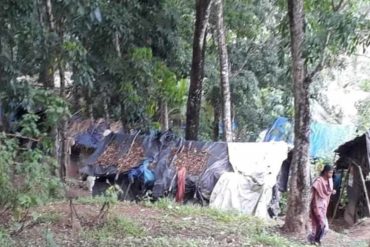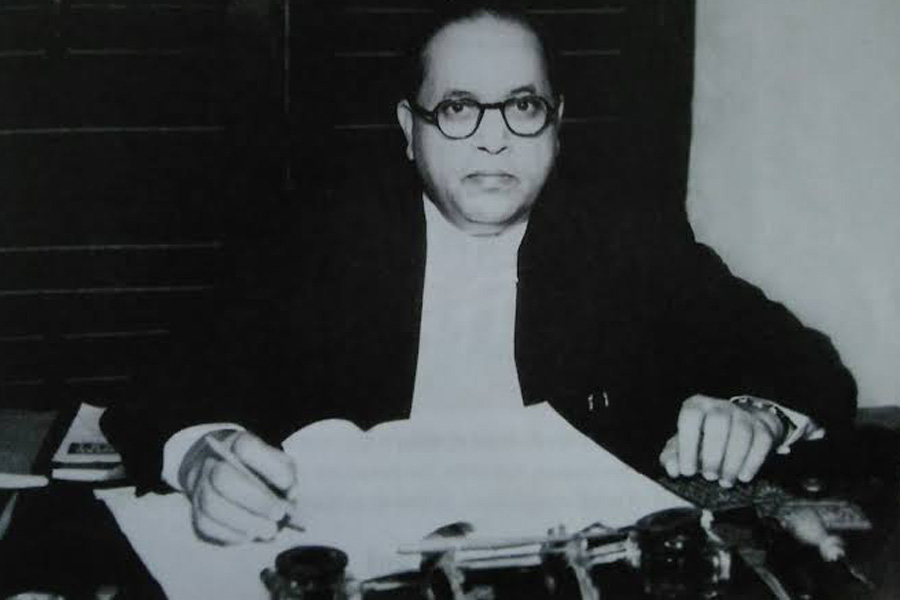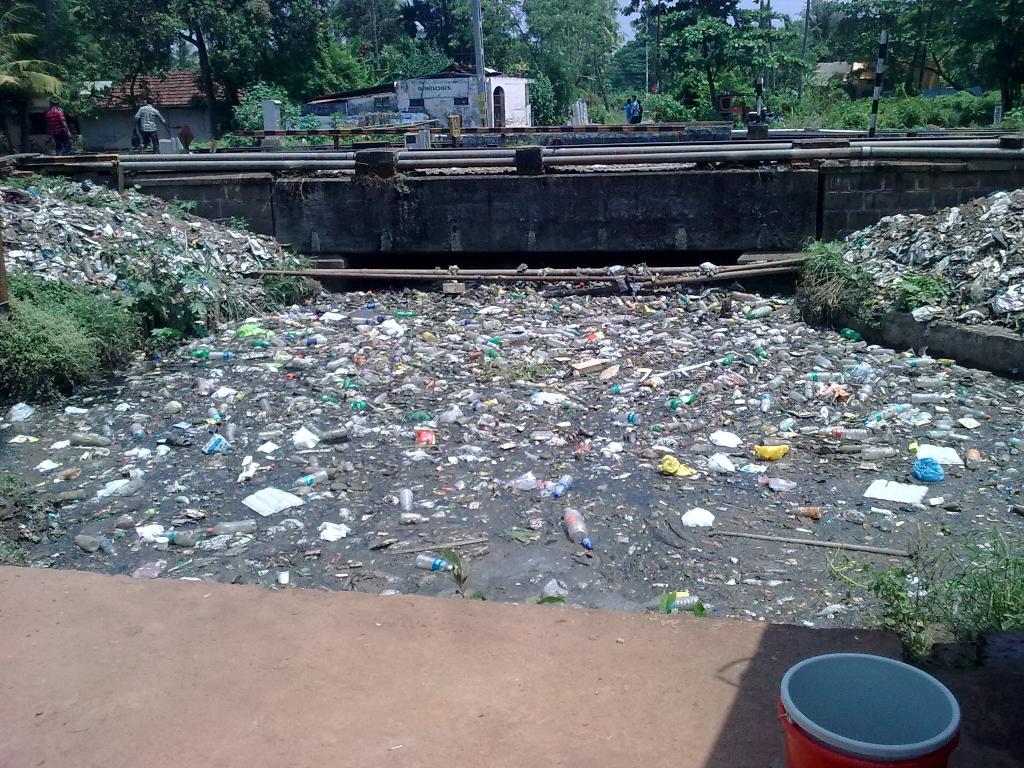By D. Dhanuraj
The debt-ridden Kerala State Road Transport Corporation (KSRTC) repeatedly finding a space in the regional media is no longer a surprise for the people of the State. The day-to-day functioning of this Public Sector Undertaking (PSU) is limping due to inefficiency, inferior management practices, and poor financial health. While KSRTC has a new Managing Director at its helm, Rajamanikyam, IAS, the employees have been staging strikes for the delay in salary payment. This scenario has been a routine affair in recent years.
The efforts to save KSRTC from its doldrums through various means never achieved the desired goals. So did the regularity in offering a bailout package to maintain the status quo. While the tendency to protect a public enterprise is natural, the larger question of the efficacy and quality of the public transport system is ignored. This article deals with the bigger canvas of public transport in the Kerala in the context of over protection enjoyed by KSRTC and its after-effects on society.
For a State constituting less than 3 per cent of the population of the country, having almost 10 per cent share of buses operated across the country is quite an achievement. This would not have been possible without the privately operated buses that contribute to more than 80 per cent of the total number of buses in Kerala. This State has an exceptional success story in supporting small-scale entrepreneurs, willing to launch services in the public transport arena. The operations are highly regulated and monitored by State agencies.
Studies show that good transport facilities in the period of 1970–1980 helped in the growth and development of society. It is important to note that the permits given to private bus operators were not at the cost of KSRTC, as the objective was to improve connectivity. Over the decades, the sector grew substantially and the government found in it an important source of revenue, as the private operators paid a heavy sum to the State Exchequer in every quarter. As per studies, the number of private buses peaked to 35,000 in the early 2000s, whereas the KSRTC fleet was limited to 6,000. The health of Kerala’s public finance influenced the decision makers to not buy new buses to meet the requirements of an ever-growing commuting population of Kerala, whereas private entrepreneurs risked getting into the operations.
An ailing corporation
Today, KSRTC is heavily unionised and highly bureaucratised. The Transport Minister is popularly called the KSRTC Minister. The fiefdom of union leaders wreaks havoc on the operations management and fleet management of KSRTC. Recruitment is often not based on requirements. Poor maintenance and frequent strikes have affected the corporation adversely. As KSRTC started bleeding, the State took major steps to protect the enterprise.
Inter-district permits were given to KSRTC, as private bus permits came for renewal. The nationalisation of routes was another step. Every month, a loan was availed to meet the operational expenditure. With JNNURM buses coming to cities like Kochi and Thiruvananthapuram, KSRTC jumped in to the operations (thanks to the poor decentralisation of governance at the city level) by forming Kerala Urban Road Transport Corporation (KURTC). With figurative changes, KURTC has also been reeling of late. The misery of KSRTC operations has affected the public transport scenario in Kerala, with the only other mode of transport being an underdeveloped railway line. The protective measures ended in lack of improvement in the services, erratic timing of the bus schedules, or sudden withdrawal of the schedule (suspension of the services) etc., which turned out to be very unreliable for the commuting population.
The usurped monopoly of KSRTC has had adverse effects on the transport and quality of service provided in the routes. The inability of KSRTC to keep up with the demands of the public has resulted in people migrating from public transport modes to private modes. An example is the introduction of the much-publicised Thiru–Kochi buses in Kochi. As the hype gave way to the inherent challenges within KSRTC, commuters had limited options for public transport, as the serving private operators surrendered their permits for the lack of a level playing field. KSRTC also withdrew from the services, resulting in an avalanche of private vehicles on the roads of Kochi.
Better connectivity required
With Kerala being one of the most urbanised States in India, the requirement for better connectivity is on the rise. The lack of connectivity encourages private vehicles, thus leading to traffic congestion (loss of manpower), pollution (leading to health issues), demand for road widening (leading to land acquisition and burden on the exchequer), etc. Studies show that a decrease in the fleet size of buses has a direct correlation with the increased number of car sales in Kerala. It is important for the supply to keep up with the demand, as the tendency of people shifting modes from public to private transport is also skyrocketing.
According to the Kerala Motor Vehicles Department, in Kerala, 38 per cent of motor vehicle users are bus passengers. Kerala’s high per-capita income and vehicular ownership, close to that of one vehicle per family, makes it crucial to maintain the level of public transport services to prevent people from switching modes. There is no better way to do so, save for protecting the existing bus network of Kerala, which contributes to 38 per cent of the modal share of motor vehicles in the State. Private buses are efficient in operation and contribute around 750 crore to the State Exchequer annually.
Need for a solid policy
KSRTC owns and operates a large number of rundown vehicles, but there is no such instance among the privately operated buses. Unlike other PSUs, there is an opportunity for the government to unload the burden by letting the private operators run the services, while acting as an authority to regulate them, rather than competing with them. KSRTC should confine to the areas where private buses are not frequent or route permits have no ready takers. Thus, it can ensure the availability of public transport all over the State, while keeping the losses to a minimum level.
The share of KSRTC in public road transport has dropped from 35 per cent to 13 per cent. Meanwhile, private buses are gaining popularity, as they provide commuters with better services such as WiFi, comfortable seating, music systems, etc. Investing in a system that is a proven failure, especially when there is an efficient alternative, is doing no good to the stakeholders. With the regulations and monopoly in practice now, the system will only end up disrupting the entire public road transport sector in the State. What Kerala needs now is a concrete public transport policy that assures the safety, quality, and quantity of services provided in the public transport sector.
D. Dhanuraj is Chairman, Centre for Public Policy Research. Support research for this article has been carried out by Abhishek Das, Research Associate at CPPR – Centre for Urban Studies.
Main photograph by Arunjith A, CC BY-SA 3.0, via Wikimedia Commons.







